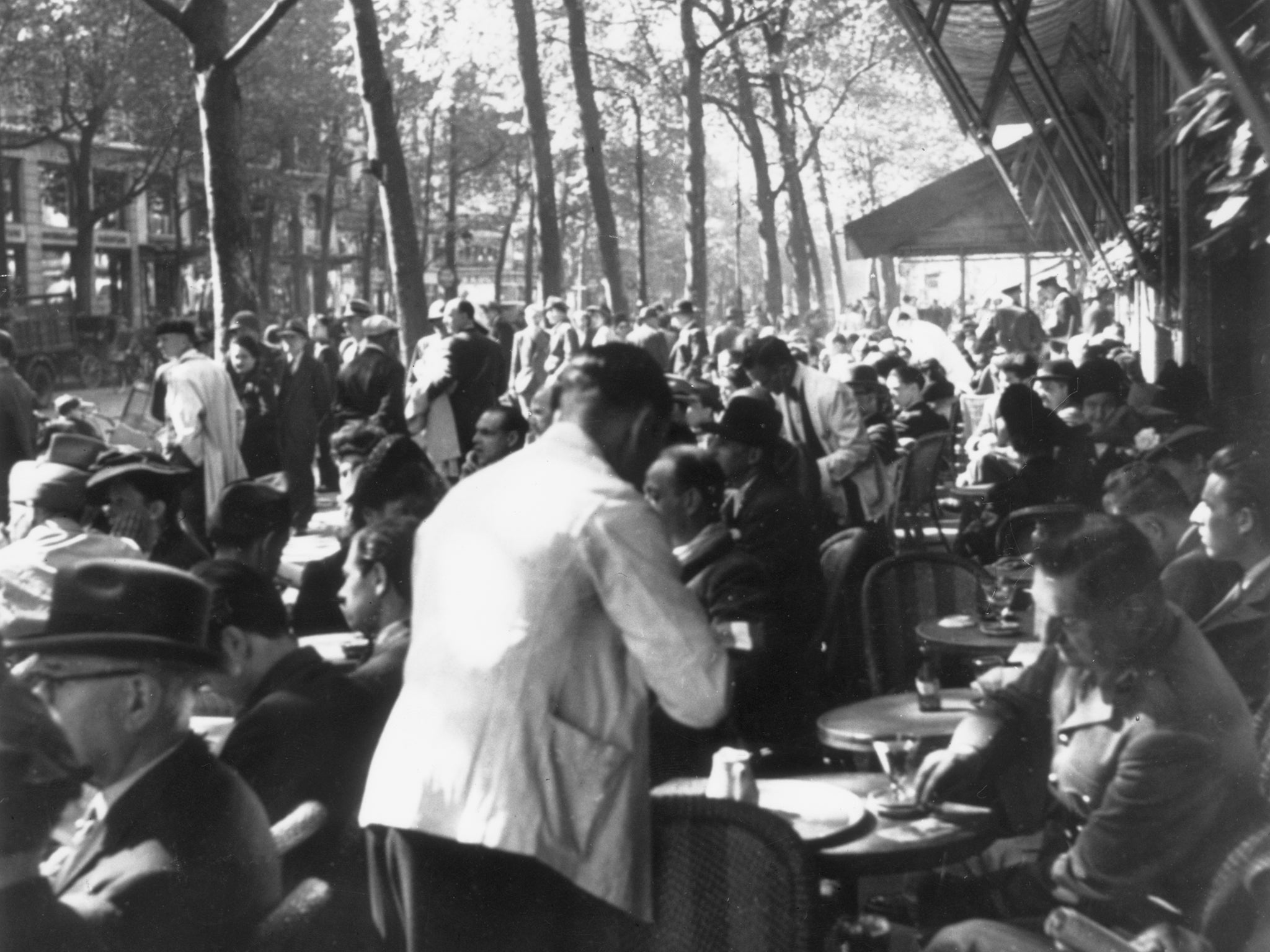Book of a lifetime: Honeymoon by Patrick Modiano
From The Independent archive: Rupert Thomson finds ‘Honeymoon’ by Patrick Modiano is a tragic study of Occupied France

There’s something so beguiling about the way the book begins. Jean B, a documentary filmmaker, is on his way to Paris by train. He has a four-hour stopover in Milan. It is the middle of August, and the city is stifling, deserted. Jean seeks refuge in a cool, dark hotel bar near the station. While there, he learns that a pretty Frenchwoman killed herself in the hotel just two days before. Later, unnervingly, he realises that he used to know her when he was 20.
Not long after returning to Paris, Jean goes missing from his own life. Instead of flying to Rio, he goes to ground in the Parisian suburbs and begins, in a dream-like, desultory way, to piece together the life of Ingrid Teyrsen, the woman who committed suicide. The man who has disappeared is investigating a disappearance.
This slippery, atmospheric hall-of-mirrors effect is classic Modiano. Jean finds out that Ingrid, 16 years old and a dancer, first went missing on a snowbound night in 1942, when she stayed out after the curfew. Instead of going home to her father, Ingrid met a well-connected but slightly down-at-heel young man, Rigaud, who took her in. They became lovers. At some point, Ingrid and Rigaud fled occupied Paris. They crossed the demarcation line illegally and checked into a hotel on the Riviera, where they masqueraded as a couple on their honeymoon.
Subscribe to Independent Premium to bookmark this article
Want to bookmark your favourite articles and stories to read or reference later? Start your Independent Premium subscription today.
Join our commenting forum
Join thought-provoking conversations, follow other Independent readers and see their replies